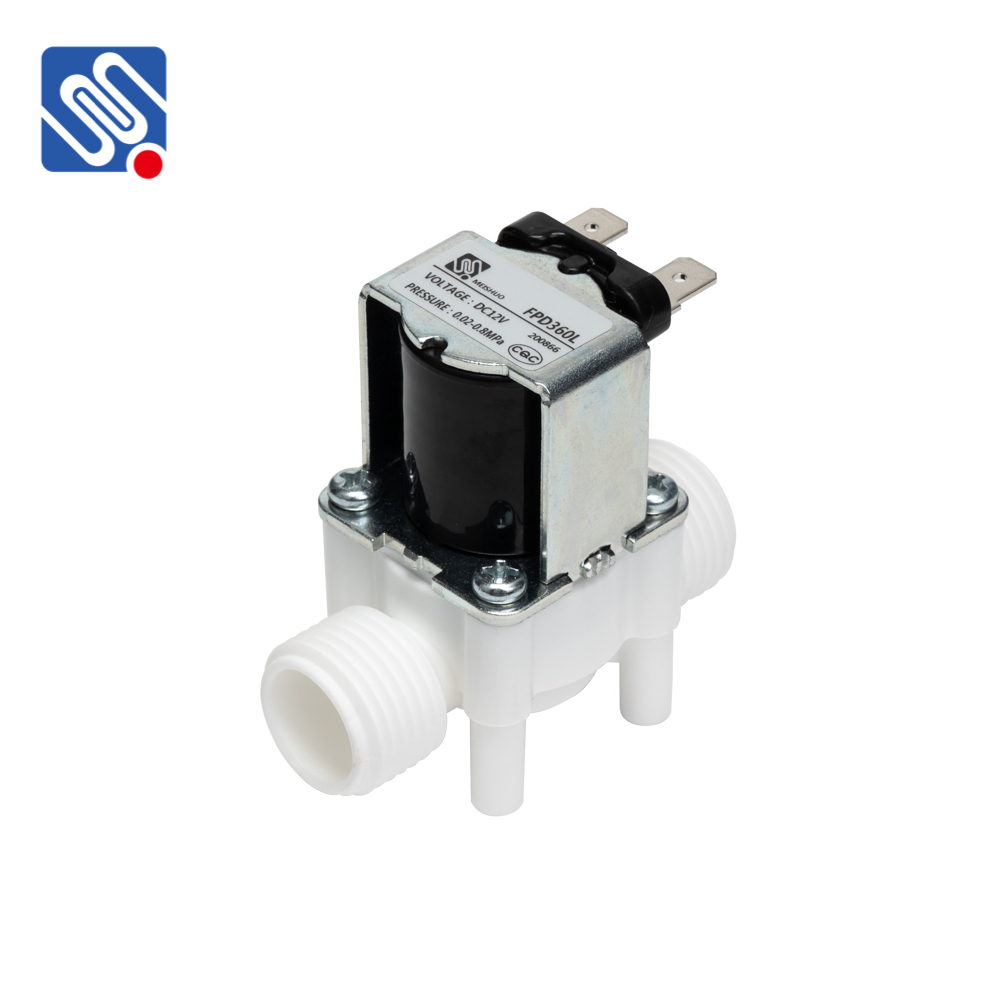understanding the ac solenoid valve: function, applications, and benefits
Release time:2025-07-18 15:41:53
An AC solenoid valve is a crucial component in many industrial systems, providing an efficient way to control the flow of fluids and gases through pipelines and machinery. The AC solenoid valve uses an electromagnetic coil to control the opening and closing of a valve, making it an essential tool in systems requiring precise fluid regulation. This article delves into the working principle, applications, and benefits of the AC solenoid valve, offering a comprehensive understanding of this device.

What is an AC Solenoid Valve?
An AC solenoid valve operates on the principle of electromagnetism, which is used to control the flow of liquids and gases. The valve itself consists of a coil of wire, a plunger (or core), and a valve body. When an electric current passes through the coil, it generates a magnetic field that pulls or pushes the plunger, causing the valve to either open or close. The use of alternating current (AC) electricity to power the solenoid distinguishes it from DC solenoid valves, which operate with direct current.
The primary advantage of using an AC-powered solenoid valve is its ability to handle high-voltage applications, making it ideal for industrial use where significant power is required for efficient valve operation.

